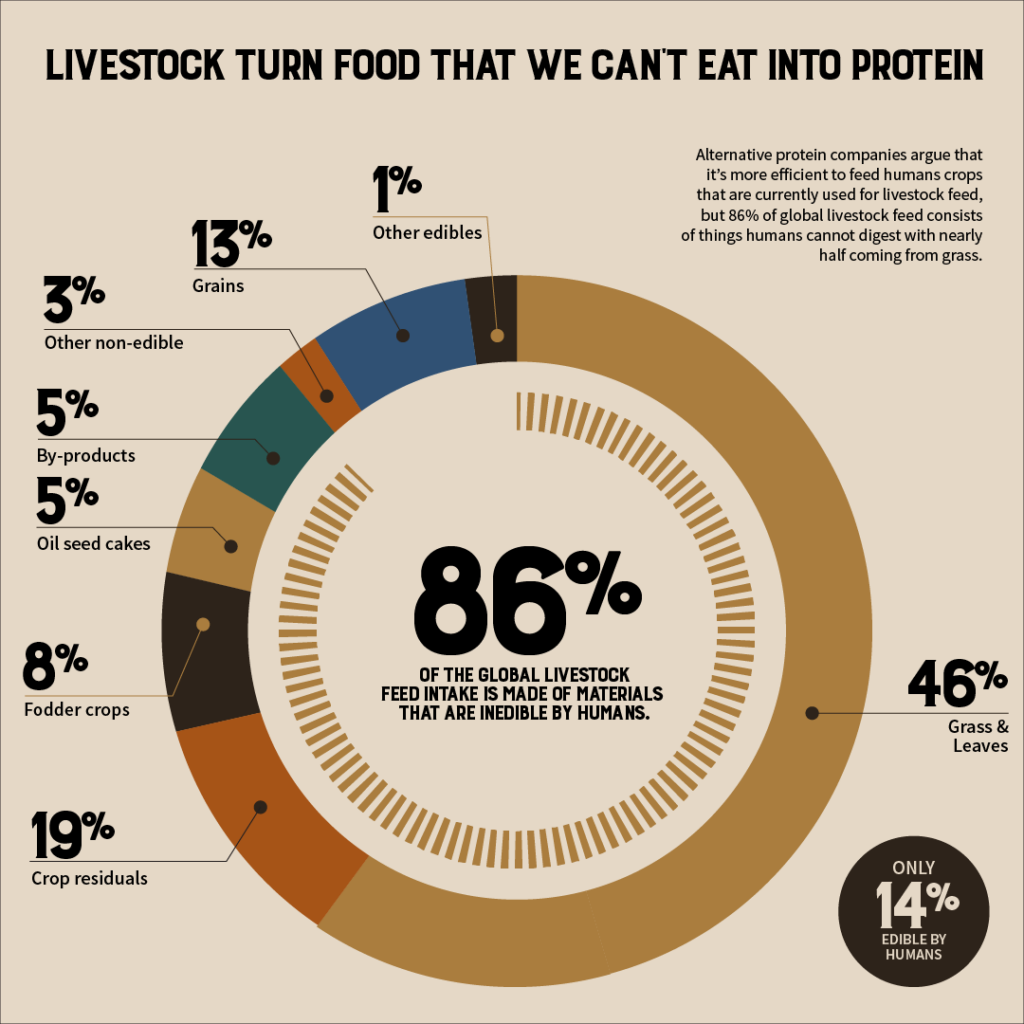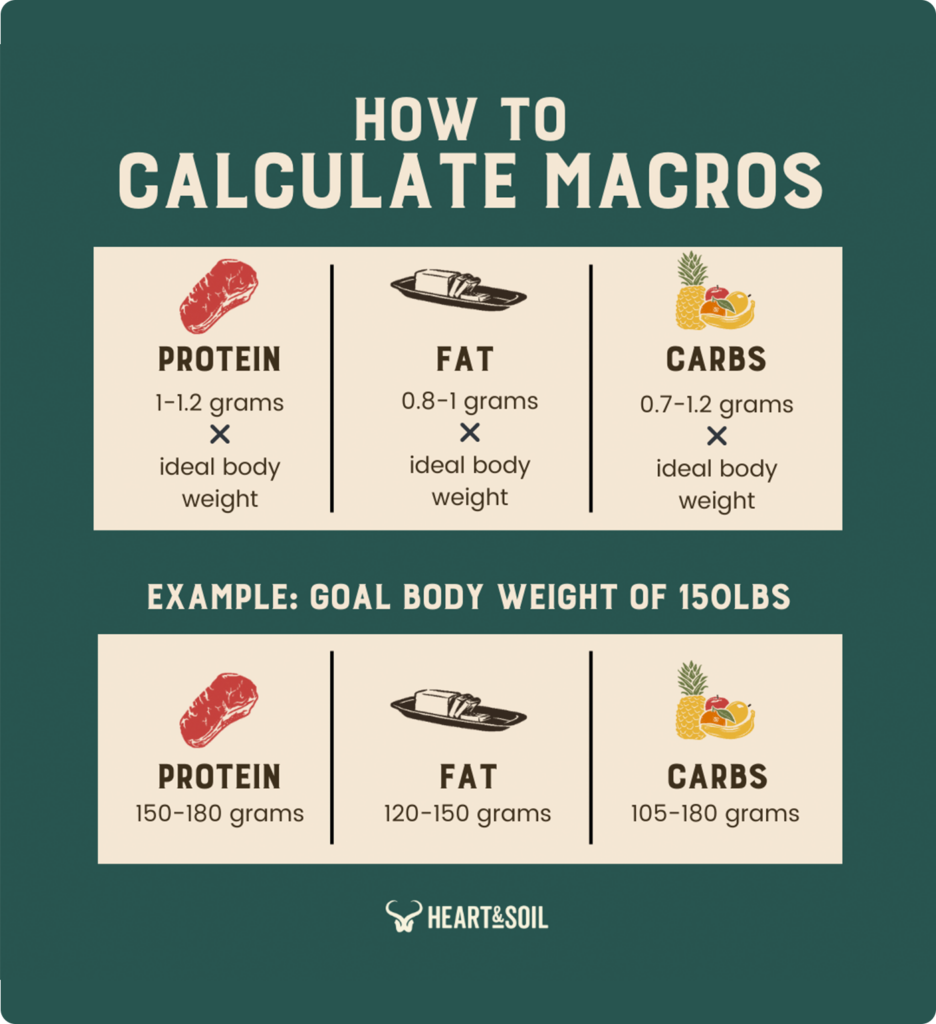PLEASE NOTE: The information in this blog is for educational purposes only. It is not a substitute for professional medical advice. Consult your healthcare provider if you’re seeking medical advice, diagnoses, or treatment.
If you’re a vegan or vegetarian and beginning to question if your health is as good as it could be, you’re not alone.
While some people feel amazing on a plant-based diet, others face difficult health challenges.
As with anything people feel passionate about, the food we eat can become part of our identity. This means that changing your diet or lifestyle can feel like a betrayal of your values.
If you can’t shake the feeling that something isn’t adding up about your diet and lifestyle, we’re here to present an alternative that has helped countless individuals reclaim their health.
This article will unpack the philosophy behind an animal-based diet and suggestions for transitioning away from a plant-based lifestyle.
Moving Away From a Plant-Based Diet
Whatever your reasons for going vegan, know that many people, including the founder of Heart & Soil and the CEO, were vegans at one point. They left veganism and explored animal-based eating to heal from serious health issues.
Broadly speaking, vegans and vegetarians often choose that diet and lifestyle for reasons of compassion and health. Unfortunately, the promises of plant-based diets often fall short.
A quick search on “how to introduce meat after eating vegan” will turn up a host of videos and articles from people who have made the transition.
Although the evidence is often anecdotal, many people eating plant-based diets tend to experience chronic health issues within 3-5 years.
After doing some research, they stumbled upon the idea of reintroducing meat.
Before tackling the practical steps of eating an animal-based diet, we’d like to address the two major concerns driving people toward plant-based eating and the role of regenerative agriculture.
Is it Cruel to Eat Animals?
No diet is truly free from harm. It’s easy to think that a plant-based diet completely removes death from the equation.
Although less obvious, plant agriculture can kill birds, insects, mice, rabbits, and other animals. It’s estimated that around 7 billion animals are killed each year by plant agriculture (1).
Using herbicides on non-organic produce can even contribute to ecological damage (2).
Not to mention, inputs like vegetable oils for common plant-based foods are responsible for 20-30% of croplands yet provide less than 1% of the world’s nutrients (3).
How we treat the people and creatures around us matters and has long-reaching effects.
Books have been written about this topic, so we won’t answer everything in a few paragraphs. But here are some broad strokes worth considering:
- Looking back through the planet’s history, we can see a well-established cycle of life and death known as the food web. All living things are interdependent for life, including microorganisms, fungi, insects, plants, and animals.
- Humans are part of nature. Although we like to see ourselves outside nature’s rhythms, that separation has caused many social and environmental issues.
Your opinion about the cruelty of eating animals is something you can only decide on, especially as you transition away from an exclusively plant-based diet.
Like anything, there are ways to consume or shop for animal products and do it in a way that’s more harmful (or not).
The Role of Regenerative Agriculture
Animals raised in so-called “factories” have a terrible quality of life; consequently, their meat can be lower quality.
Industrial farming practices often use low-quality inputs to feed the animals, as well as the use of antibiotics.

However, factory-raised meat is also much more affordable to the average person than grass-fed meat. The tension between your ethics and bank account can be challenging, especially if you’re feeding a family.
Consuming factory-raised meat isn’t always optimal, but it might be necessary if you’re transitioning to an animal-based diet on a budget.
Thankfully, there’s a way to eat meat that doesn’t rely on the industrial farming ecosystem. A growing number of farmers are opting for regenerative practices as opposed to factory farming.
These farmers are also on the cutting edge of the climate change issue: regenerative farming practices are one of the greenest and most effective ways to combat climate change and restore soil health.
We support and believe in regenerative methods of raising, harvesting, and eating animals — including using every part of the animal.
Additionally, we strongly encourage people to source their animal products locally. Doing so creates a stronger connection between you and your environment. It’s not uncommon to converse with these farmers and see how passionate they are about the well-being of their animals.
A site like Eat Wild is a fantastic resource for finding foods from local farmers.
Is Meat Unhealthy?
The answer to this question requires some context.
We believe eating meat raised on unnatural diets of genetically modified soy, corn, and other grains or processed meat with preservatives, fillers, and chemical additives can be problematic.
We also think excluding organs from your diet eliminates the most potent source of nutrients available. Thus, the way many people in the West eat meat isn’t perfect.
Alternatively, the popular idea that all plants are healthy foods is misleading (4).
In their raw form, many plants contain defense chemicals that may impair your ability to absorb nutrients and can lead to serious health issues, including inflammation, kidney stones, and metabolic dysfunction.

Eating high-quality meat and organs from ruminant animals (cattle, buffalo, sheep, deer, elk, etc.) gives your body essential protein, fat, and micro-nutrients.
Monogastric animals, such as pigs, chickens, and turkeys, can provide key nutrients, but finding affordable, high-quality sources is harder.
Conventional medical wisdom has identified a correlation between high-fat diets and heart disease. However, correlation is not causation.
This hypothesis was based on the idea that a diet high in cholesterol would contribute to the arterial plaque responsible for heart attacks. To learn more about why this conception of heart disease is broken, check out our blog on dyslipidemia and cholesterol.
In short, cholesterol is critical for cellular health, hormone production, and healing.
It is possible to find plenty of epidemiological studies, and people, including board-certified doctors (5), who say that eating red meat is bad for your health and the environment, but what this argument fails to recognize is that for the vast majority of humans’ existence on earth, meat has been a dietary staple.
Should You Go Carnivore or Animal-Based?
We’d also like to discuss the diametric opposite of veganism, the carnivore diet. This approach consists of exclusively eating animal foods.
The founder of Heart & Soil, Paul Saladino, MD, wrote a book called The Carnivore Code. In this book, Dr. Saladino shares his journey from raw veganism to the world of carnivore nutrition.
Many people have experienced radical health transformations by adopting the carnivore diet, specifically when eating muscle and organ meat. Like an elimination diet used to identify an allergy, the carnivore diet gives your body a break from the complex array of substances in the conventional Western diet.
However, we only suggest the carnivore diet for people dealing with autoimmune disease or other chronic health issues (under the supervision of a medical professional) that are unresponsive to other diets.
In most cases, low-carb diets are not intended to be a long-term implementation as they can have various consequences.
If you’re interested in learning what exactly the carnivore diet looks like, check out our blog or grab a copy of The Carnivore Code.
What we suggest for most people, especially for those transitioning from a plant-based diet, is animal-based eating.
This approach focuses on high-quality muscle meats, organs, and fat and incorporates carbohydrates from fruits, honey, and dairy (with a few low-toxicity vegetables if desired).
It also includes lifestyle practices such as exercise, sunlight, stress reduction, and prioritizing sleep. The goal is to restore your relationship with the body, nature, and the rhythms that have sustained our species for hundreds of thousands of years.
How to Incorporate the Animal-Based Lifestyle
Abrupt changes to your diet may cause discomfort. Especially if you’ve avoided meat for years, your body may need time to process it properly.
As with any health undertaking, if you experience painful or extreme side effects of reintroducing meat, please consult your medical care team. Your body is unique, and you need to find what works for you.
However, many have found these suggestions helpful when transitioning from a plant-based diet.
1. Start with Bone Broth

Bone broth is incredibly nutritious. Made by boiling bones in water with vinegar and salt — we like to make ours in a pressure cooker.
Bone broth is a fantastic source of collagen, which is crucial for maintaining a robust intestinal epithelium (6). It also provides essential minerals that play countless roles in our bodies, including glutamine, calcium, phosphorus, magnesium, sulfur, sodium, and potassium.
Bone broth is highly digestible and may offer an easier transition to meat flavors (some people report disliking the smell and taste of meat after avoiding it for years). You can make it ahead of time and store it in the fridge, only heating what you’re ready to drink.
2. Eliminate Vegetable Oils
Processed vegetable oils (corn, safflower, sunflower, soybean, cottonseed, canola, peanut, grapeseed, sesame, etc.) contain high levels of linoleic acid (omega-6 polyunsaturated fatty acid or PUFA). Excess linoleic acid is linked to several serious health issues (7).
Your fats should ideally come from sources that contain stearic acid, a crucial fatty acid that will help turn your mitochondria “on” and shift them into a “fat-burning” mode.
Stearic acid aids satiety (feeling full), weight loss (8), and proper hormone function (9). The best sources of stearic acid are grass-fed, grass-finished 80/20 ground beef, fatty steaks, suet, bone marrow, tallow, ghee, and butter.
Consuming fats this way also means reading ingredient labels and avoiding most packaged foods. Industrial food production relies on seed oils because they’re cheap and abundant. When dining out, you can request the kitchen cook your food in butter or without vegetable oil.
It’s also important to source your olive and avocado oils from reputable sources.
Many brands at the grocery store cut their products with soybean, canola, or some other seed oil (10). Additionally, do your best to avoid fatty pork, chicken, duck, turkey, or other monogastric animals primarily fed corn and soy diets.
3. Prioritize Grass-Fed, Grass-Finished Meat and Organs
Incorporating unprocessed meats into your diet can be a delightful way to get the macro (protein, fat) and some of the micro (vitamins, minerals, peptides) nutrients your body needs.
We suggest you focus on meat and organs from grass-fed ruminant animals such as cattle, buffalo, goat, lamb, and deer. If you can find high-quality, fresh organ meat, start with the liver and heart.
Some vegans, vegetarians, and pescatarians jump right into an animal-based diet. Others prefer to take it slow, which is completely understandable!
Consider introducing the following animal proteins in whatever order you feel comfortable with and starting with relatively small portions as you learn what your body can digest.
- High-quality seafood or chicken
- Grass-fed and grass-finished beef
- Corn and soy-free or pasture-raised eggs
- Raw dairy (milk, cheese, etc.)
- Fresh or desiccated organs
When consuming chicken, eggs, or pork, stick with corn-and-soy free or pasture-raised options. Industrial farms rely on cheap corn and soy-based feeds to raise and fatten their animals. Even “organically raised” animals may be fed organic corn and soy — resulting in a buildup of linoleic acid in their fat tissues.
When adding variety outside of beef, we suggest purchasing from White Oak Pastures and Nose To Tail; these sustainable farms raise and sell low-linoleic acid meats, such as pork and chicken.
You may be wondering about fish! Fish is rich in bioavailable nutrition, but unfortunately, most fish on the market is contaminated with heavy metals, microplastics, and PFAs (poly-fluoroalkyl substances) due to decades of pollution (11,12).
Based on these conditions, we feel that having fish no more than twice a week is ideal, even if it’s wild-caught.
In most cases, we don’t believe that over-the-counter supplements are worth the money or even necessary when eating animal-based. However, if you’re struggling with eating meat or experiencing discomfort with the taste and texture of meat, consider using desiccated organ supplements to introduce highly nutritious animal foods back into your diet.
Our supplements use organs from grass-fed, grass-finished cattle and can be taken without the psychological intensity of cooking, smelling, and eating organs. The organs are freeze-dried directly after harvesting and are ground and encapsulated in gelatin without preservatives, additives, or fillers.
If needed, our team at Heart & Soil can offer suggestions tailored to your needs.
4. Adequately Nourish Your Body
Eating individually-sufficient amounts of animal-based fat, meat, organs, raw dairy, fruit, and other carbohydrates helps hormones, energy, mood, immunity, and digestion thrive.
In addition to organs, consuming lots of protein in the form of sustainably raised meat is essential. You also need sufficient fat and carbohydrates to achieve the best nutrition possible.
The following formulas will help you assess the proper macronutrient ratios for your body type. Think of these ratios as goals to work up to as you become more comfortable with animal-based protein.

Regarding your fat and carbohydrate intake, if your total activity level is on the lower end of the spectrum, you might experiment with the lower end of the range, but if you are more active, try the higher end of the range.
If you wish to track your intake easily, MyFitnessPal and Cronometer are great tools. Don’t get too caught up with exact numbers!
5. Prioritize Sleep and Recovery
Very few things are as simple, cost-effective, and beneficial as quality sleep. During sleep, your body builds, repairs, and heals from the various stressors of life.
We suggest turning off devices with screens one to two hours before bed (13), dimming the lights, being consistent with your bedtime, and aiming for 7-9 hours of sleep.
6. Slowly Eliminate the Most Toxic Plant Foods

As discussed in Dr. Saladino’s book, The Carnivore Code, plants contain defense chemicals that can negatively trigger the immune system.
The most problematic ones are typically leaves, stems, seeds, nuts, grains, nightshades, and legumes.
Sources of low-toxicity carbohydrates are honey, berries, avocados, olives, squash, or other seasonal sweet and non-sweet fruit. Organic white rice and sweet potatoes can be good options as well.
Feel free to check out our animal-based infographic for a breakdown of high and low-toxicity plant foods.
7. Work With a Professional
Depending on how long you’ve been on a plant-based diet, you may be experiencing severe symptoms. It can be beneficial to run testing with a medical professional to understand the current state of your health.
Feel free to check out the Society of Metabolic Health Practitioners, where individuals can find physicians from all around the globe who understand the immense value of making animal foods the center of the diet.
Another popular option is IFM Find a Practitioner for a functional medicine approach.
Final Thoughts
The amount of conflicting information available today is dizzying (especially regarding health).
At the end of the day, most individuals are after the same thing. You want to be healthy and achieve it in a way that doesn’t lead to excessive harm.
Understandably, this leads many to pursue a plant-based lifestyle.
While they can lead to seemingly positive results over the short term, long-term plant-based dieters often experience many issues, such as hair loss, low libido, nutrient inadequacies, and digestive problems.
While animal food consumption has flaws, it’s possible to reclaim your health in a way that actually achieves many of the goals of plant-based diets!
Subscribe to future articles like this: